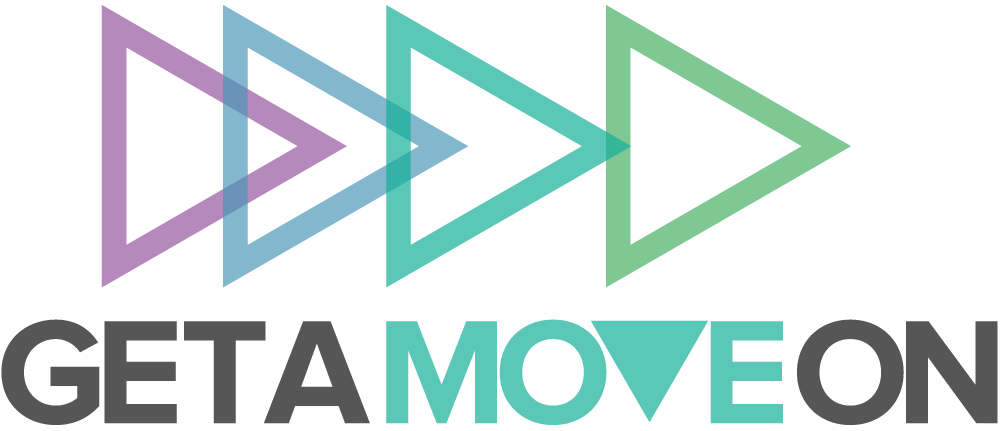Rise and Recharge: Can your mobile phone make you less sedentary?

The technological revolution has transformed the world, with almost anything possible at the click of a button. But has this automation come at a cost to our health?
Have you ever considered how much of the day you spend sitting down? For many adults in the UK, this simple daily behaviour accounts for up to 60% of our waking hours and occurs across all of our leisure, recreational, commuter and occupational activities.
You may be surprised to know that the majority of our sitting time is actually accumulated at work, with office workers spending, on average 60-80% of their workday seated. Of growing concern is that over 50% of this time is spent in bouts longer than 30 minutesat a time.
Sitting, and especially those bouts of prolonged sitting, is associated with an increased risk of cardiovascular disease, diabetes and poor mental health, with high sitting associated with increased absenteeism from work and poor productivity. We therefore urgently need to find ways to reduce our time spent sitting and to break up prolonged sitting bouts.
Those who reduce their time spent sitting show more favourable physical and mental health profiles. Furthermore, recent experimental trials have shown that frequent breaks (every 30 minutes) during prolonged sitting are beneficial for key blood markers(such as glucose and cholesterol), body composition, wellbeing and even cerebral blood flow, a marker of how much oxygen is delivered to our energy hungry brains.
Interestingly, we need to undertake lots of physical activity (60-75 mins/d) to avoid the negative effects of high sitting, so it is also important to consider the amount of time you spend sitting down each day.
The workplace is a key setting for initiatives to decrease sitting time, with the average employed adult spending up to two thirds of their waking hours at work. Proactive workplaces have tried a wide range of approaches, including height-adjustable desks, treadmill workstations, information, counselling and technology-based interventions.
Wearable activity trackers and smartphone health applications show considerable promise in this context. Considering over 80% of the working age population uses a smart phone, mobile apps may provide a low-cost, feasible and widely accessible alternative to more-costly approaches. Perhaps harnessing everyday digital technology has the potential to address global health challenges posed by too much sitting.
We are conducting the Rise and Recharge study, designed to better understand whether a smartphone app can successfully be used to reduce and break up sitting time in office workers.
As is the case for most habit changes, most people can do it for a day, but what is it that means some people will stick with it and form new behaviour patterns, while others resort back to their old ways? To find out, we randomly assigned office workers to one of three groups who either received no prompts or a prompt from their smartphone to stand up every 30 or 60 minutes throughout the working day, for 12 weeks. We measured the common cardiometabolic health risk markers and the amount of time they spent sitting and being active at baseline and at the end of the intervention.
A unique aspect of the study included participants being randomly asked throughout the intervention whether they had adhered to the last prompt, the reasons why they had (or hadn’t!) and how it made them feel. At the end of the intervention, we interviewed participants to gain a more in-depth insight into what they thought about the intervention and what suggestions they had for the future.
Overall, participants reported that peer support (i.e. encouragement from colleagues) encouraged ongoing engagement throughout the trial. Enhanced peer support was associated with an increased health awareness among colleagues, resulting in a positive shift in working cultures. This meant that actions such as breaking up sitting time during informal meetings and standing while on video calls were perceived as more acceptable at work. Conversely, high workload (particularly relating to tasks requiring high levels of concentration and focus), sedentary job tasks, and perceived organisational expectations such as productivity targets, had a detrimental influence on participant’s engagement with the prompts.
Notably, it seems that frequent and regular delivery of the prompts was really important – although 30-minute breaks has been shown to be better for health, people found it too disruptive and therefore didn’t stick to it in the longer-term. However, those in our 60-minute break group significantly reduced their sitting time by the middle of the intervention (6 weeks), as well as maintaining it at the end of the program (12 weeks).
This tells us that the hourly breaks seem to be more feasible and acceptable in the office work setting. Our participants suggested that they could be more engaged by physical or psychological incentives such as gamification, workplace challenges, educational messages and the addition of organisational engagement.
With this information we can now start to design new approaches to reducing sitting at work that offer the optimal compromise between eliciting benefits whilst minimising burden and maximising participant adherence and engagement. Perhaps this is now more important than ever with home-based working!
More about this project: Rise and Recharge! An app to individualise the suggestion of when to stand up.
Melitta McNarry, Kelly Mackintosh, Abby Morris (Swansea University); David Dunstan, Paddy Dempsey, Neville Owen (Baker Heart & Diabetes Institute)







